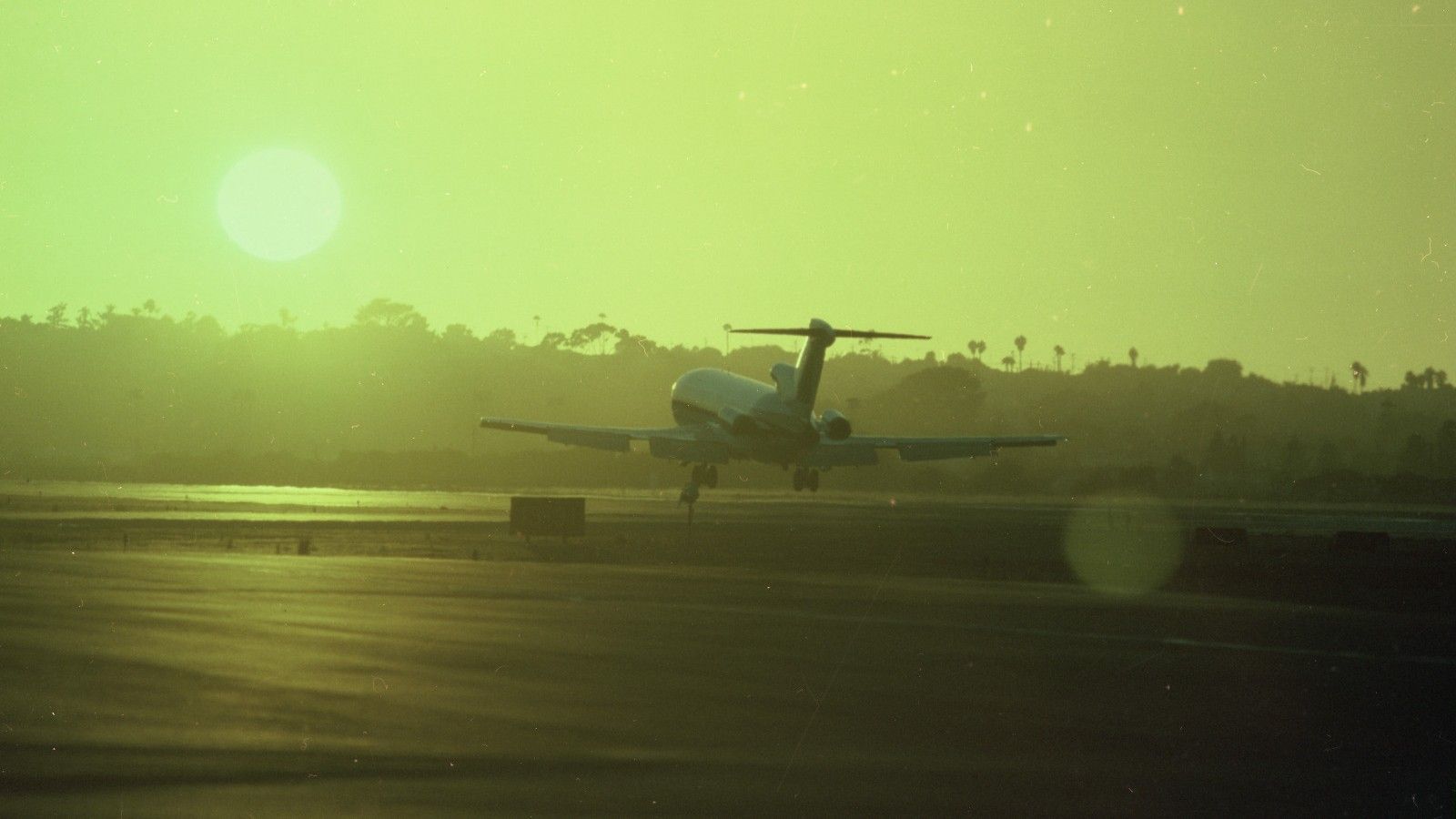The legacy of the Boeing 727 continues to resonate in the aviation industry, marking the end of an era when Delta Air Lines operated the last scheduled passenger flight of this iconic trijet on April 6, 2003. This flight, which departed from Greensboro Piedmont Triad International Airport (GSO) to Hartsfield-Jackson Atlanta International Airport (ATL), concluded a remarkable chapter in commercial aviation history.
Introduction to the Boeing 727
The Boeing 727, which entered commercial service in February 1964 with Eastern Air Lines, was designed to fill a market gap for a short-haul narrowbody jet capable of operating from smaller airports. Powered by three Pratt & Whitney JT8D low-bypass turbofan engines, the aircraft was renowned for its fuel efficiency compared to other jets of its time, such as the Boeing 707. The original list price was approximately $4.25 million.
Over the years, the Boeing 727 proved immensely popular with airlines, particularly in the United States. United Airlines became the largest operator, flying a total of 230 aircraft, while Delta Air Lines operated 191 units from 1972 until its retirement.
The Last Flight and Its Legacy
Delta Air Lines’ final commercial flight with the Boeing 727 marked the end of an operational journey that spanned more than three decades. Frederick W. Reid, Delta’s President and Chief Operating Officer at the time, acknowledged the aircraft’s significant contribution: “The Boeing 727 served as an elegant and durable workhorse of Delta’s fleet for more than 30 years. It was a vital part of our company’s growth.”
Throughout its operational history, Delta took delivery of both the 500th and 1,000th 727 built by Boeing. The aircraft’s versatility allowed it to serve various routes, including challenging high-altitude airports, making it a favored choice for airlines in mountainous regions, particularly in South America.
Despite its popularity, the Boeing 727 faced challenges in its later years. Rising operational costs, particularly due to its three engines, made it less competitive against newer twin-engine models, leading to its gradual retirement. Delta replaced the aging fleet with more modern aircraft, including the Boeing 737-800 and 757-200, which remain integral to their operations today.
The Boeing 727’s last passenger flight occurred on January 13, 2019, operated by Iran Aseman Airlines, marking the final chapter for the trijet in commercial aviation. This flight from Zahedan Airport (ZAH) to Tehran Imam Khomeini International Airport (IKA) concluded a journey that began more than half a century earlier.
Despite facing safety challenges throughout its operational history, including involvement in 353 incidents and 120 hull losses, the Boeing 727 is remembered as one of the most significant aircraft in the evolution of commercial aviation. As one of the best-selling commercial aircraft of the 20th century, it played a pivotal role during a time when jet-powered air travel was rapidly expanding across the globe.
The impact of the Boeing 727 extends beyond its operational statistics; it symbolizes a transformative period in aviation history that reshaped air travel for millions of passengers and continues to influence the industry today.






































































